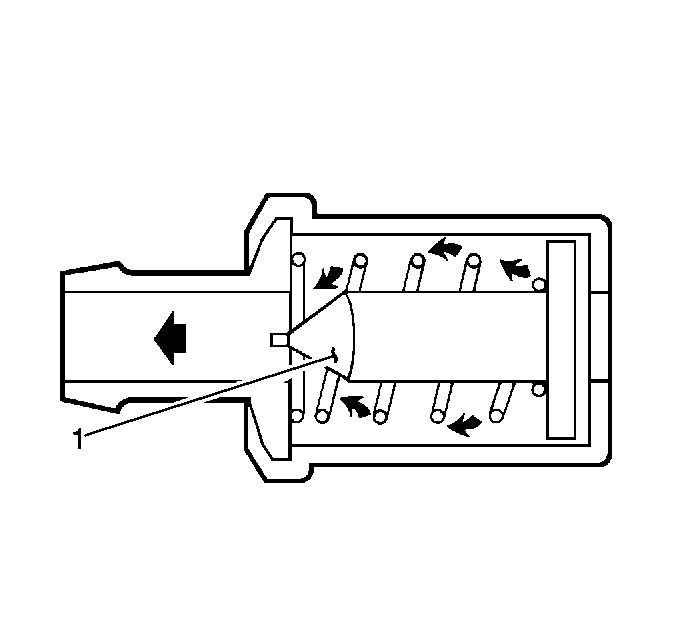A closed crankcase ventilation system is used to provide
a more complete scavenging of crankcase vapors. Fresh air from the throttle
body is supplied to the crankcase, mixed with blow-by gases and
then passed through a crankcase ventilation valve into the intake
manifold.

